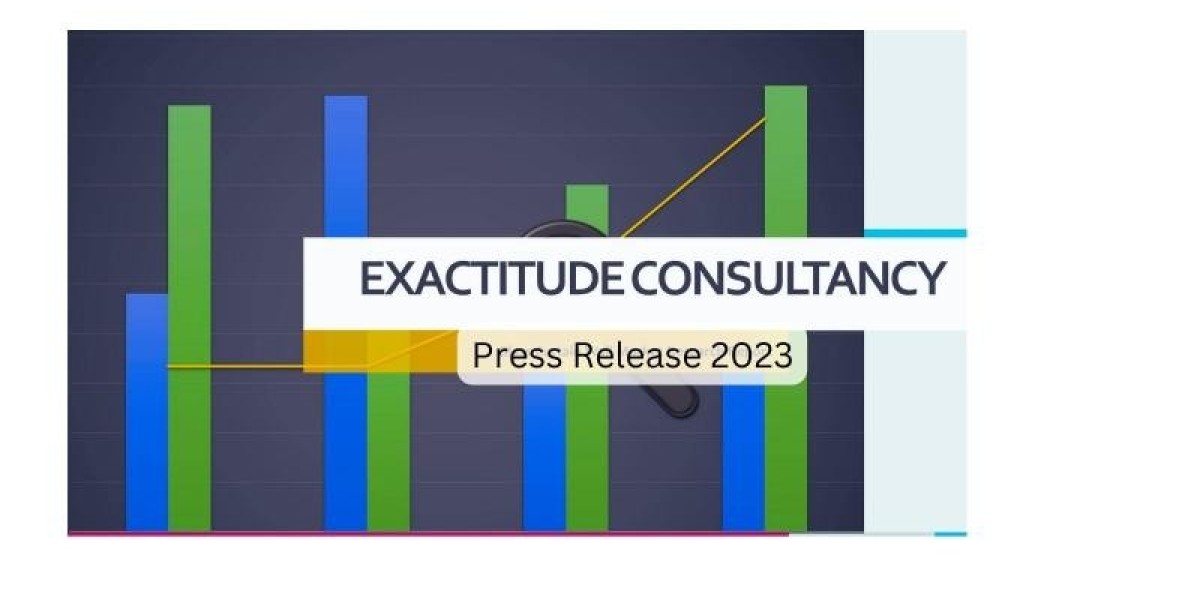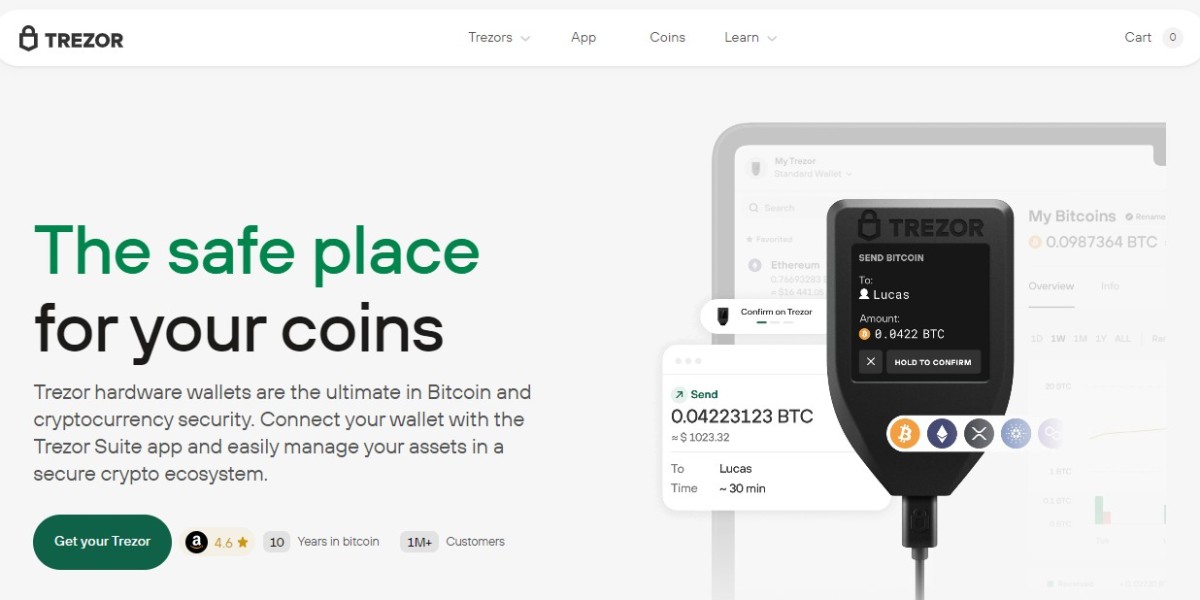In the quickly changing world of clinical research, data is crucial to decision-making, compliance, and safety. The way data is handled can decide whether clinical studies succeed or fail, emphasizing the importance of Clinical Data Management (CDM). As clinical trials become more complicated and scaled, standard data management procedures that were formerly considered the norm are no longer sufficient to meet the industry's stringent requirements. In this post, we will look at how Clinical Data Management differs from traditional data handling and why it is the better choice for clinical research.
What is Clinical Data Management?
Clinical Data Management (CDM) is the process of collecting, cleansing, validating, and managing data obtained from clinical studies. It ensures data accuracy, completeness, and reliability, which is critical for regulatory approval and patient safety. CDM uses powerful software tools, centralized databases, and automated processes to accelerate and improve data collecting and analysis.
The primary purpose of CDM is to ensure that clinical trial data is consistent, of high quality, and easy to evaluate for meaningful insights. CDM systems provide real-time data access and strong analytics, making it possible to identify trends and concerns quickly.
What is Traditional Data Handling?
Traditional data handling, on the other hand, is a labor-intensive, manual process that collects and manages data mostly using paper-based systems or spreadsheets. Historically, clinical studies employed paper Case Report Forms (CRFs) to collect patient information, which was then entered into spreadsheets or databases. This method frequently requires a significant level of human engagement, making it susceptible to errors and inconsistencies.
Traditional data processing involves manual data entry, which is prone to errors due to the sheer volume of information being processed. Furthermore, data can be difficult to access and evaluate rapidly, thus delaying the detection of key concerns throughout a study.
Key Differences Between Clinical Data Management and Traditional Data Handling
- Data Collection Methodology
Traditional data handling involves recording data on paper forms, which are subsequently manually input into databases. This manual entry is time consuming and error-prone. In contrast, CDM systems acquire data directly from patients or clinical sites in real time using electronic data capture (EDC) techniques. This decreases the likelihood of transcription errors and speeds up the overall procedure.
- Data Accuracy and Validation
One of the most significant constraints of traditional data management is the likelihood of errors during data entry. These errors might occur as a result of human oversight, data misunderstanding, or physical storage difficulties. Traditional validation techniques are frequently manual, which makes them slower and more prone to inconsistencies.
In contrast, Clinical Data Management uses modern software to undertake automated data validation checks as soon as data is entered. CDM systems can detect discrepancies, outliers, and missing data in real time, allowing for prompt rectification. This guarantees that the data is accurate and reliable for making key judgments.
- Speed and Efficiency
Traditional data handling takes a large amount of time for data entry, transcription, and verification. This might cause delays in the availability of results, which is particularly troublesome when data is required to make choices about patient safety or efficacy.
CDM systems accelerate the process by automating various steps of data collecting, cleaning, and analysis. Clinical trials can go significantly faster because to real-time data availability, improved workflows, and automated validation checks, allowing for timely conclusions concerning treatment efficacy and safety.
- Real-Time Access to Data
Traditional data handling methods are frequently limited by the physical form of paper records and spreadsheets, making data access time-consuming and inefficient. Furthermore, getting historical data may necessitate physically sifting through mountains of documents or depending on out-of-date databases.
Real-time data access is a critical advantage when using Clinical Data Management. Data can be accessed remotely from centralized digital platforms, allowing academics, physicians, and regulatory authorities to obtain current information quickly and efficiently. This is critical in modern https://www.technobridge.in/training/digital-marketing/digital-marketing-courses-in-puneclinical trials, because prompt decision-making is required for patient safety and trial development.
- Compliance and Regulatory Standards
Clinical studies are subject to stringent regulatory supervision, and ensuring compliance is vital to receiving permission. Traditional systems frequently include manual recordkeeping and paper trails, which can be difficult to audit and verify.
CDM systems are developed to ensure regulatory compliance. They provide an electronic audit trail that records every activity performed on the data, guaranteeing that all data handling operations are traceable and verifiable. This makes it easy to show compliance with regulatory standards like Good Clinical Practice (GCP) and FDA 21 CFR Part 11.
Conclusion
While traditional data processing approaches have formed the foundation of clinical trials for decades, they are no longer adequate in the face of contemporary difficulties. The transition to Clinical Data Management provides substantial benefits in terms of data accuracy, efficiency, speed, and compliance. CDM provides more expedited trials by automating processes and incorporating real-time data access, lowering the risk of errors and ensuring regulatory compliance.
As clinical trials become more sophisticated, Clinical Data Management will become increasingly important. Adopting CDM solutions is no longer a choice for clinical research organizations wishing to improve their data handling capabilities; it is a need.



